HSBC 2015 Annual Report Download - page 352
Download and view the complete annual report
Please find page 352 of the 2015 HSBC annual report below. You can navigate through the pages in the report by either clicking on the pages listed below, or by using the keyword search tool below to find specific information within the annual report.-
 1
1 -
 2
2 -
 3
3 -
 4
4 -
 5
5 -
 6
6 -
 7
7 -
 8
8 -
 9
9 -
 10
10 -
 11
11 -
 12
12 -
 13
13 -
 14
14 -
 15
15 -
 16
16 -
 17
17 -
 18
18 -
 19
19 -
 20
20 -
 21
21 -
 22
22 -
 23
23 -
 24
24 -
 25
25 -
 26
26 -
 27
27 -
 28
28 -
 29
29 -
 30
30 -
 31
31 -
 32
32 -
 33
33 -
 34
34 -
 35
35 -
 36
36 -
 37
37 -
 38
38 -
 39
39 -
 40
40 -
 41
41 -
 42
42 -
 43
43 -
 44
44 -
 45
45 -
 46
46 -
 47
47 -
 48
48 -
 49
49 -
 50
50 -
 51
51 -
 52
52 -
 53
53 -
 54
54 -
 55
55 -
 56
56 -
 57
57 -
 58
58 -
 59
59 -
 60
60 -
 61
61 -
 62
62 -
 63
63 -
 64
64 -
 65
65 -
 66
66 -
 67
67 -
 68
68 -
 69
69 -
 70
70 -
 71
71 -
 72
72 -
 73
73 -
 74
74 -
 75
75 -
 76
76 -
 77
77 -
 78
78 -
 79
79 -
 80
80 -
 81
81 -
 82
82 -
 83
83 -
 84
84 -
 85
85 -
 86
86 -
 87
87 -
 88
88 -
 89
89 -
 90
90 -
 91
91 -
 92
92 -
 93
93 -
 94
94 -
 95
95 -
 96
96 -
 97
97 -
 98
98 -
 99
99 -
 100
100 -
 101
101 -
 102
102 -
 103
103 -
 104
104 -
 105
105 -
 106
106 -
 107
107 -
 108
108 -
 109
109 -
 110
110 -
 111
111 -
 112
112 -
 113
113 -
 114
114 -
 115
115 -
 116
116 -
 117
117 -
 118
118 -
 119
119 -
 120
120 -
 121
121 -
 122
122 -
 123
123 -
 124
124 -
 125
125 -
 126
126 -
 127
127 -
 128
128 -
 129
129 -
 130
130 -
 131
131 -
 132
132 -
 133
133 -
 134
134 -
 135
135 -
 136
136 -
 137
137 -
 138
138 -
 139
139 -
 140
140 -
 141
141 -
 142
142 -
 143
143 -
 144
144 -
 145
145 -
 146
146 -
 147
147 -
 148
148 -
 149
149 -
 150
150 -
 151
151 -
 152
152 -
 153
153 -
 154
154 -
 155
155 -
 156
156 -
 157
157 -
 158
158 -
 159
159 -
 160
160 -
 161
161 -
 162
162 -
 163
163 -
 164
164 -
 165
165 -
 166
166 -
 167
167 -
 168
168 -
 169
169 -
 170
170 -
 171
171 -
 172
172 -
 173
173 -
 174
174 -
 175
175 -
 176
176 -
 177
177 -
 178
178 -
 179
179 -
 180
180 -
 181
181 -
 182
182 -
 183
183 -
 184
184 -
 185
185 -
 186
186 -
 187
187 -
 188
188 -
 189
189 -
 190
190 -
 191
191 -
 192
192 -
 193
193 -
 194
194 -
 195
195 -
 196
196 -
 197
197 -
 198
198 -
 199
199 -
 200
200 -
 201
201 -
 202
202 -
 203
203 -
 204
204 -
 205
205 -
 206
206 -
 207
207 -
 208
208 -
 209
209 -
 210
210 -
 211
211 -
 212
212 -
 213
213 -
 214
214 -
 215
215 -
 216
216 -
 217
217 -
 218
218 -
 219
219 -
 220
220 -
 221
221 -
 222
222 -
 223
223 -
 224
224 -
 225
225 -
 226
226 -
 227
227 -
 228
228 -
 229
229 -
 230
230 -
 231
231 -
 232
232 -
 233
233 -
 234
234 -
 235
235 -
 236
236 -
 237
237 -
 238
238 -
 239
239 -
 240
240 -
 241
241 -
 242
242 -
 243
243 -
 244
244 -
 245
245 -
 246
246 -
 247
247 -
 248
248 -
 249
249 -
 250
250 -
 251
251 -
 252
252 -
 253
253 -
 254
254 -
 255
255 -
 256
256 -
 257
257 -
 258
258 -
 259
259 -
 260
260 -
 261
261 -
 262
262 -
 263
263 -
 264
264 -
 265
265 -
 266
266 -
 267
267 -
 268
268 -
 269
269 -
 270
270 -
 271
271 -
 272
272 -
 273
273 -
 274
274 -
 275
275 -
 276
276 -
 277
277 -
 278
278 -
 279
279 -
 280
280 -
 281
281 -
 282
282 -
 283
283 -
 284
284 -
 285
285 -
 286
286 -
 287
287 -
 288
288 -
 289
289 -
 290
290 -
 291
291 -
 292
292 -
 293
293 -
 294
294 -
 295
295 -
 296
296 -
 297
297 -
 298
298 -
 299
299 -
 300
300 -
 301
301 -
 302
302 -
 303
303 -
 304
304 -
 305
305 -
 306
306 -
 307
307 -
 308
308 -
 309
309 -
 310
310 -
 311
311 -
 312
312 -
 313
313 -
 314
314 -
 315
315 -
 316
316 -
 317
317 -
 318
318 -
 319
319 -
 320
320 -
 321
321 -
 322
322 -
 323
323 -
 324
324 -
 325
325 -
 326
326 -
 327
327 -
 328
328 -
 329
329 -
 330
330 -
 331
331 -
 332
332 -
 333
333 -
 334
334 -
 335
335 -
 336
336 -
 337
337 -
 338
338 -
 339
339 -
 340
340 -
 341
341 -
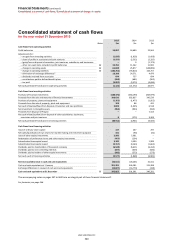 342
342 -
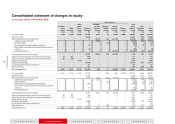 343
343 -
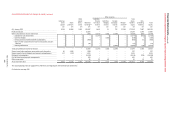 344
344 -
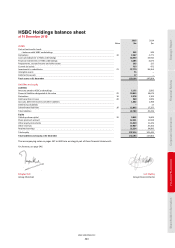 345
345 -
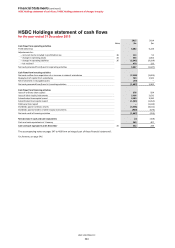 346
346 -
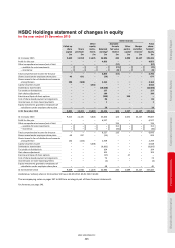 347
347 -
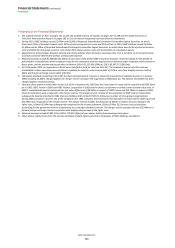 348
348 -
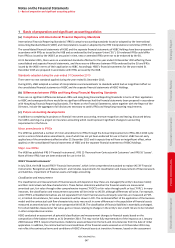 349
349 -
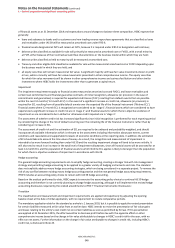 350
350 -
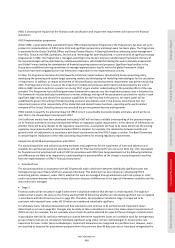 351
351 -
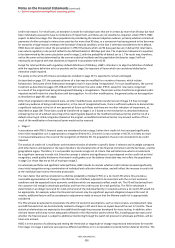 352
352 -
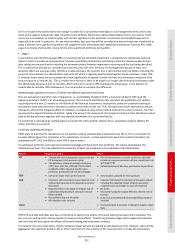 353
353 -
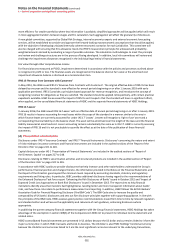 354
354 -
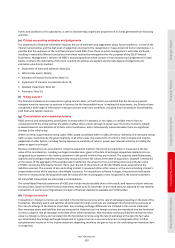 355
355 -
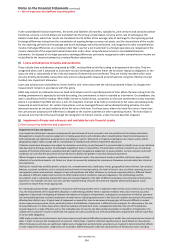 356
356 -
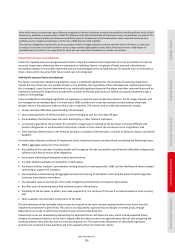 357
357 -
 358
358 -
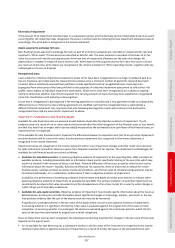 359
359 -
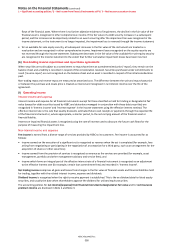 360
360 -
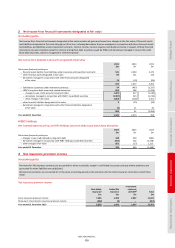 361
361 -
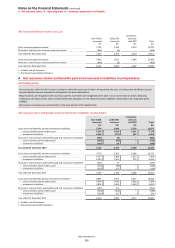 362
362 -
 363
363 -
 364
364 -
 365
365 -
 366
366 -
 367
367 -
 368
368 -
 369
369 -
 370
370 -
 371
371 -
 372
372 -
 373
373 -
 374
374 -
 375
375 -
 376
376 -
 377
377 -
 378
378 -
 379
379 -
 380
380 -
 381
381 -
 382
382 -
 383
383 -
 384
384 -
 385
385 -
 386
386 -
 387
387 -
 388
388 -
 389
389 -
 390
390 -
 391
391 -
 392
392 -
 393
393 -
 394
394 -
 395
395 -
 396
396 -
 397
397 -
 398
398 -
 399
399 -
 400
400 -
 401
401 -
 402
402 -
 403
403 -
 404
404 -
 405
405 -
 406
406 -
 407
407 -
 408
408 -
 409
409 -
 410
410 -
 411
411 -
 412
412 -
 413
413 -
 414
414 -
 415
415 -
 416
416 -
 417
417 -
 418
418 -
 419
419 -
 420
420 -
 421
421 -
 422
422 -
 423
423 -
 424
424 -
 425
425 -
 426
426 -
 427
427 -
 428
428 -
 429
429 -
 430
430 -
 431
431 -
 432
432 -
 433
433 -
 434
434 -
 435
435 -
 436
436 -
 437
437 -
 438
438 -
 439
439 -
 440
440 -
 441
441 -
 442
442 -
 443
443 -
 444
444 -
 445
445 -
 446
446 -
 447
447 -
 448
448 -
 449
449 -
 450
450 -
 451
451 -
 452
452 -
 453
453 -
 454
454 -
 455
455 -
 456
456 -
 457
457 -
 458
458 -
 459
459 -
 460
460 -
 461
461 -
 462
462 -
 463
463 -
 464
464 -
 465
465 -
 466
466 -
 467
467 -
 468
468 -
 469
469 -
 470
470 -
 471
471 -
 472
472 -
 473
473 -
 474
474 -
 475
475 -
 476
476 -
 477
477 -
 478
478 -
 479
479 -
 480
480 -
 481
481 -
 482
482 -
 483
483 -
 484
484 -
 485
485 -
 486
486 -
 487
487 -
 488
488 -
 489
489 -
 490
490 -
 491
491 -
 492
492 -
 493
493 -
 494
494 -
 495
495 -
 496
496 -
 497
497 -
 498
498 -
 499
499 -
 500
500 -
 501
501 -
 502
502
 |
 |
Notes on the Financial Statements (continued)
1 – Basis of preparation and significant accounting policies
HSBC HOLDINGS PLC
350
credit risk reasons. For retail loans, an exception is made for individual loans that are in arrears by more than 90 days but have
been individually assessed to have no indications of impairment, and these are not classified as impaired. Under IFRS 9, HSBC
expects to determine stage 3 for these populations by considering the relevant objective evidence, primarily whether contractual
payments of either principal or interest are past due for more than 90 days, or a concession has been granted to the borrower
for economic or legal reasons relating to the borrower’s financial condition, or the loan is otherwise considered to be in default.
HSBC does not expect to rebut the presumption in IFRS 9 that loans which are 90 days past due are in default for retail loans,
even where regulatory rules permit default to be defined based on 180 days past due. The impairment allowance is expected
to be determined by the same calculation used for stage 2, with the probability of default set to 1. The result may, therefore,
not be the same as that determined by the current statistical methods and the population disclosed as stage 3 will not
necessarily correspond with that disclosed as impaired in accordance with IAS 39.
Except for retail portfolios with regulatory default definitions of 180 days, HSBC’s intention is to align the definition of default
with the regulatory definition as far as possible and for stage 3 to represent all loans which are considered defaulted or
otherwise credit impaired.
The policy on the write-off of loans and advances included on page 357 is expected to remain unchanged.
As described on page 197, the contractual terms of a loan may be modified for a number of reasons, which include
forbearance. Only some of the forbearance strategies result in loans being ‘renegotiated’. For such modifications, the current
treatment as described on pages 197-198 and 357 will remain the same under IFRS 9, except for new loans recognised
as a result of the original loan being derecognised following a renegotiation. These loans will be classified as originated credit-
impaired and will retain this classification until derecognition. For all other modifications, the general policy on derecognition
as described on page 401 will apply.
Other than originated credit-impaired loans, all other modified loans could be transferred out of stage 3 if they no longer
exhibit any evidence of being credit impaired or, in the case of renegotiated loans, there is sufficient evidence to demonstrate
a significant reduction in the risk of non-payment of future cash flows and there are no other indicators of impairment, as
described on page 198. These loans could be transferred to stages 1 or 2 based on the mechanism as described below by
comparing the risk of a default occurring at the reporting date (based on the modified contractual terms) and the risk of a
default occurring at initial recognition (based on the original, unmodified contractual terms). Any amount written off as a
result of the modification of contractual terms would not be reversed.
• Stage 2
In accordance with IFRS 9, financial assets are considered to be in stage 2 when their credit risk has increased significantly
since initial recognition so it is appropriate to recognise lifetime ECL. Since this is not a concept in IAS 39, it is likely to result
in increased allowance as the result of the recognition of lifetime ECL for populations that are not considered to be credit
impaired.
The analysis of credit risk is multifactor and the determination of whether a specific factor is relevant and its weight compared
with other factors will depend on the type of product, the characteristics of the financial instrument and the borrower, and the
geographical region. Therefore, it is not possible to provide a single set of criteria that will determine what is considered to
be a significant increase in credit risk. Since the concept is relative and significance in part depends on the credit risk at initial
recognition, credit quality disclosures that report credit grades as at the balance sheet date may not reflect the populations
in stage 2 or those that are at risk of moving to stage 2.
For wholesale portfolios and significant retail portfolios, HSBC intends to consider whether credit risk has increased significantly
since initial recognition using a combination of individual and collective information, and will reflect the increase in credit risk
at the individual loan level to the extent practicable.
The main factor that will be considered is a lifetime probability of default (‘PD’) or a 12-month PD where this provides a
reasonable approximation of changes in the lifetime risk of default, adjusted to be consistent with the current economic
conditions and the expected future economic conditions which are expected to affect credit risk. The PD will be derived from
the customer risk rating for wholesale portfolios and from the credit scores for retail portfolios. The PD for wholesale is
determined on an obligor level and for retail at the level of the individual facility. In situations where a 12-month PD would not
be appropriate, for example, where the financial instrument only has significant payment obligations beyond the next 12
months, additional factors will be considered or adjustments made to ensure that the lifetime credit risk is appropriately
considered.
The PDs will also be adjusted to incorporate the effect of economic assumptions, such as interest rates, unemployment rates
and GDP forecasts that can be statistically related to changes in PD which have an impact beyond the next 12 months. These
statistical relationships are expected to be established through the processes developed for stress testing. In addition, other
relevant factors which may not be adequately reflected in the information used to derive PDs, including past due status and
whether the financial asset is subject to additional monitoring through the watch list process for wholesale portfolios, will be
taken into account.
HSBC is in the process of calibrating and testing the thresholds or magnitude of change required and mechanisms for transfer
from stage 1 to stage 2 (and vice versa) across different portfolios so it is not possible to provide further detail at this time. The
